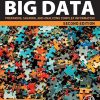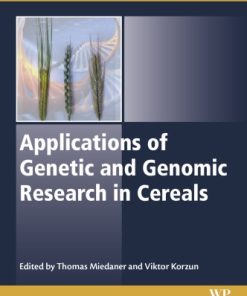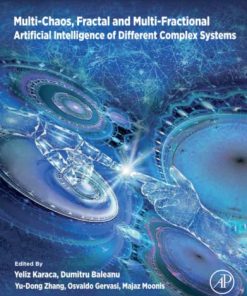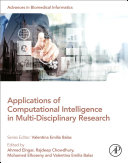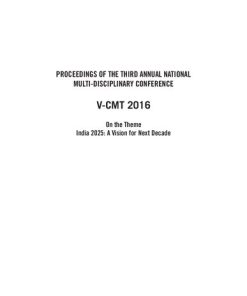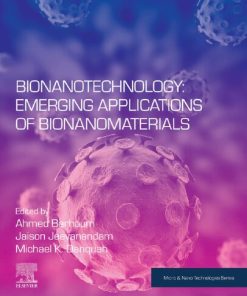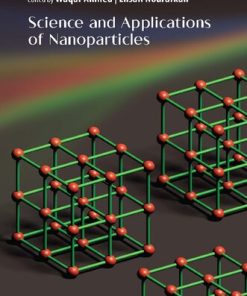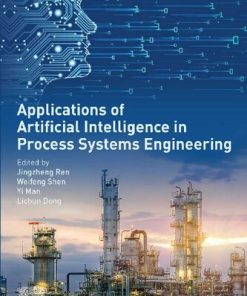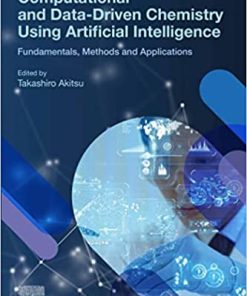(Ebook PDF) Applications of Computational Intelligence in Multi Disciplinary Research 1st edition by Ahmed Elngar 0128241764 9780128241769 full chapters
$50.00 Original price was: $50.00.$25.00Current price is: $25.00.
Applications of Computational Intelligence in Multi-Disciplinary Research 1st edition by Ahmed A. Elngar – Ebook PDF Instant Download/DeliveryISBN: 0128241764, 9780128241769
Full download Applications of Computational Intelligence in Multi-Disciplinary Research 1st edition after payment.
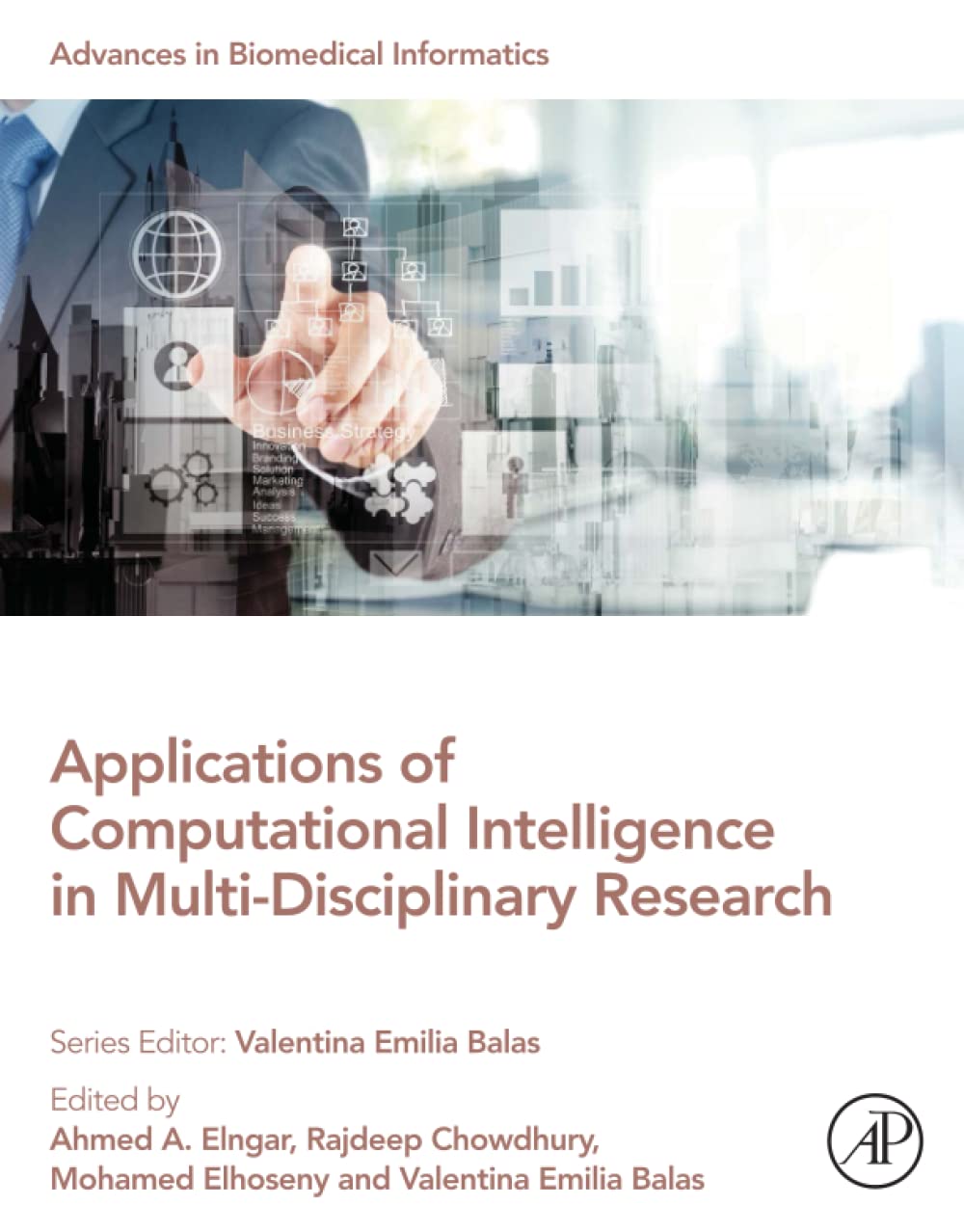
Product details:
ISBN-10 : 0128241764
ISBN-13 : 9780128241769
Author : Ahmed A. Elngar
Applications of Computational Intelligence in Multi-Disciplinary Research provides the readers with a comprehensive handbook for applying the powerful principles, concepts, and algorithms of computational intelligence to a wide spectrum of research cases. The book covers the main approaches used in computational intelligence, including fuzzy logic, neural networks, evolutionary computation, learning theory, and probabilistic methods, all of which can be collectively viewed as soft computing. Other key approaches included are swarm intelligence and artificial immune systems. These approaches provide researchers with powerful tools for analysis and problem-solving when data is incomplete and when the problem under consideration is too complex for standard mathematics and the crisp logic approach of Boolean computing.
Applications of Computational Intelligence in Multi-Disciplinary Research 1st Table of contents:
Chapter 1. Iris feature extraction using three-level Haar wavelet transform and modified local binary pattern
Abstract
Abbreviations
1.1 Introduction
1.2 Related works
1.3 Iris localization
1.4 Iris normalization
1.5 The proposed feature extraction scheme
1.6 Matching results
1.7 Performance evaluation
1.8 Conclusion
References
Chapter 2. A novel crypt-intelligent cryptosystem
Abstract
2.1 Introduction
2.2 Related work
2.3 Proposed methodology
2.4 Discussion
2.5 Conclusion and future work
References
Chapter 3. Behavioral malware detection and classification using deep learning approaches
Abstract
3.1 Introduction
3.2 Deep learning strategies for malware detection
3.3 Architecture of CNNs for malware detection
3.4 Comparative analysis of CNN approaches
3.5 Challenges and future research directions
3.6 Conclusion
References
Chapter 4. Optimization techniques and computational intelligence with emerging trends in cloud computing and Internet of Things
Abstract
4.1 Introduction
4.2 Optimization techniques
4.3 Understanding fog/edge computing
4.4 Optimizing fog resources
4.5 Case studies
4.6 Scope of advancements and future research
4.7 Conclusion
References
Chapter 5. Bluetooth security architecture cryptography based on genetic codons
Abstract
5.1 Introduction
5.2 Survey of literature
5.3 Plaintext-to-ciphertext conversion process
5.4 Conclusion
5.5 Future work
References
Chapter 6. Estimation of the satellite bandwidth required for the transmission of information in supervisory control and data acquisition systems
Abstract
Abbreviations
6.1 Introduction
6.2 Supervisory control and data acquisition systems
6.3 The very small aperture terminal networks
6.4 Algorithm for estimating the satellite bandwidth
6.5 Challenges and future work
6.6 Conclusions
References
Chapter 7. Using artificial intelligence search in solving the camera placement problem
Abstract
Nomenclature
7.1 Introduction
7.2 Background
7.3 Modeling the visual sensors
7.4 Solving the camera placement problem using artificial intelligence search
7.5 Further discussion
7.6 Conclusion
References
Chapter 8. Nanotechnology and applications
Abstract
8.1 Introduction
8.2 Nanoscience and nanotechnology
8.3 Computational nanotechnology
8.4 Applications of computational nanotechnology
8.5 Conclusion
References
Chapter 9. Advances of nanotechnology in plant development and crop protection
Abstract
9.1 Introduction
9.2 Agriculture’s nanofarming: a modern frontier
9.3 Synthesis of green nanoparticles and its sources
9.4 Good distribution possibilities allowed by nanoparticles: a modern sustainable agriculture portal
9.5 Nanofertilizers: a good food supply for crops
9.6 Germination, field production, and efficiency enhancement of seed nanomaterials
9.7 Plant sensory systems and responses to radical climate change influences nanomaterials
9.8 Nanosensors and nanomaterials: perturbation detection and control
9.9 Pesticide-based plant safety nanomaterials
9.10 Nanotechnology in pesticides and fertilizers
9.11 Control of plant pests
9.12 Concluding remarks
Consent for publication
Conflict of interest
References
Chapter 10. A methodology for designing knowledge-based systems and applications
Abstract
10.1 Introduction
10.2 Related work
10.3 Design the knowledge-based system
10.4 Knowledge base and inference engine of a knowledge-based system
10.5 Applications
10.6 Conclusion and Future work
References
Chapter 11. IoT in healthcare ecosystem
Abstract
11.1 Introduction
11.2 Applications of Internet of Things in healthcare
11.3 Implementation methodologies
11.4 Implementation models
11.5 Challenges in healthcare IoT
11.6 Security issues and defense mechanisms and IoT
11.7 Covid 19—how IoT rose to the global pandemic
11.8 Future of IoT in healthcare
11.9 Conclusion
People also search for Applications of Computational Intelligence in Multi-Disciplinary Research 1st:
applications of computational intelligence techniques in communications
applications of computational intelligence in data driven trading
applications of computational intelligence in multi disciplinary research
international journal of computational intelligence and applications
international journal of computational intelligence and applications scimago
Tags:
Applications,Computational Intelligence,Multi Disciplinary,Ahmed Elngar
You may also like…
Science (General)
Applications of genetic and genomic research in cereals 1st Edition
Uncategorized
Politics & Philosophy
Technique - Nanotechnology
Computers - Artificial Intelligence (AI)
Applications of Artificial Intelligence in Process Systems Engineering 1st Edition
Chemistry - Physical Chemistry


